We all know how serious climate change is, but it seems like things might be worse than we expected. By 2040, scientists predict that several cities and places around the world will suffer from major water scarcity issues. Let’s look at 18 of these places, each with its own set of reasons.
Doha, Qatar
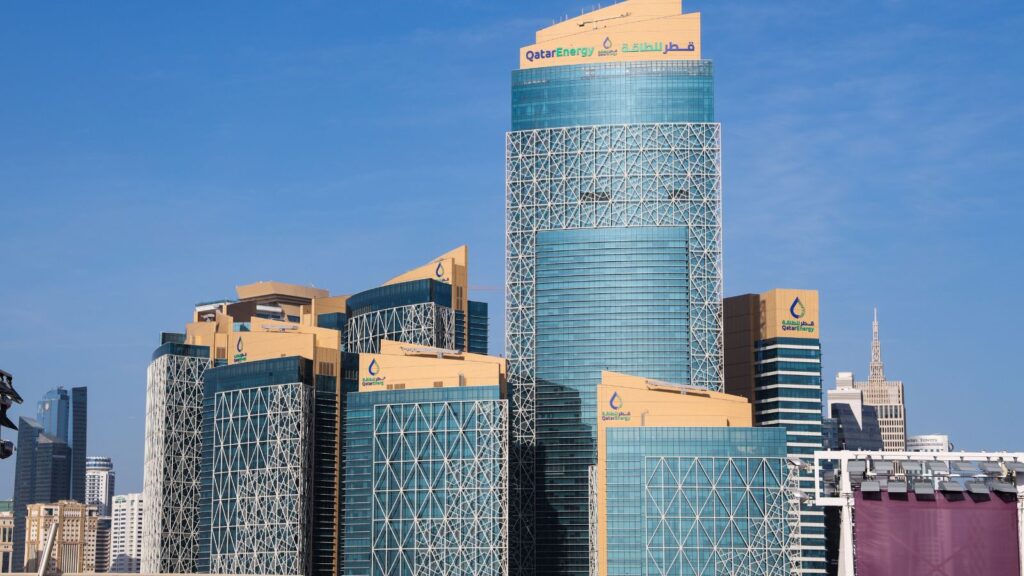
This information comes via a NestPick report. Doha, Qatar, tops this list, mostly because it’s smack dab in the middle of a desert. They get most of their water from desalination plants, which turn seawater into drinkable water. Unfortunately, that uses a ton of energy, and with temperatures going up, it’s only going to get tougher and more expensive to keep things running.
Barcelona, Spain
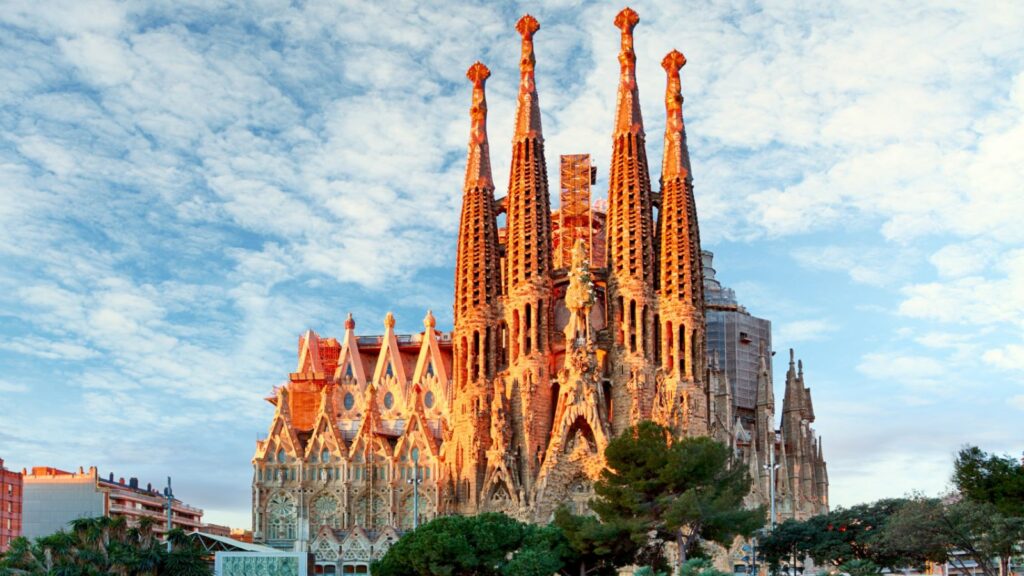
Over in Barcelona, they’re sweating through some dry summers that leave taps a bit tighter. It’s a gorgeous spot with beaches and festivals, but all those tourists and locals need water and a lot of it. Sadly, with less rain falling and more water evaporating, they’ll have to think a lot harder about how to keep the water flowing.
Denver, US
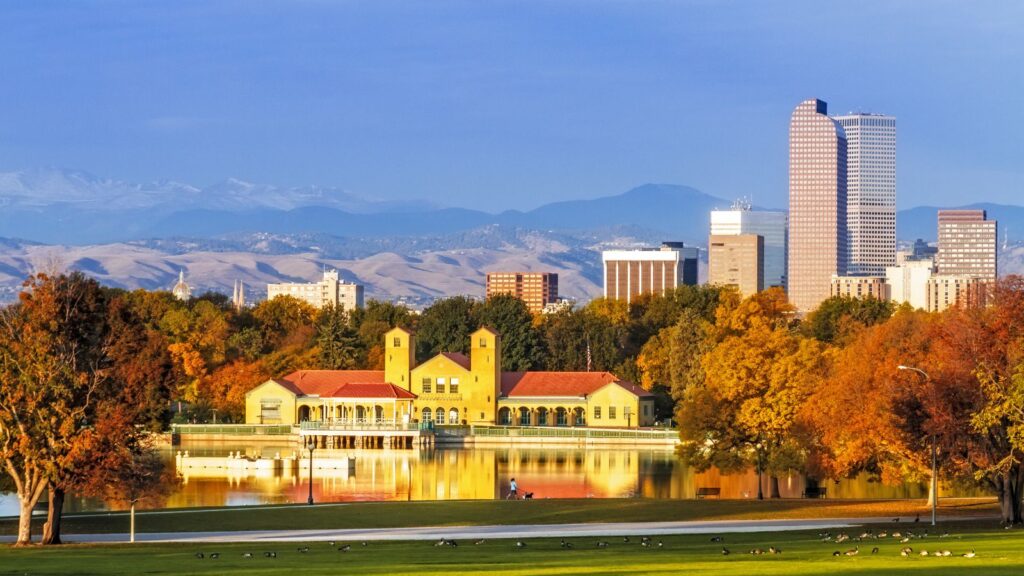
Denver might be near the Rocky Mountains, where there’s plenty of snow, but don’t let that fool you. The city depends on the snow melting and running downstream to fill its reservoirs. Lately, though, the weather’s been all over the place, and those snowfalls aren’t as reliable. Add a growing population to the mix, and you’ve got some real water supply challenges.
Dubai, United Arab Emirates
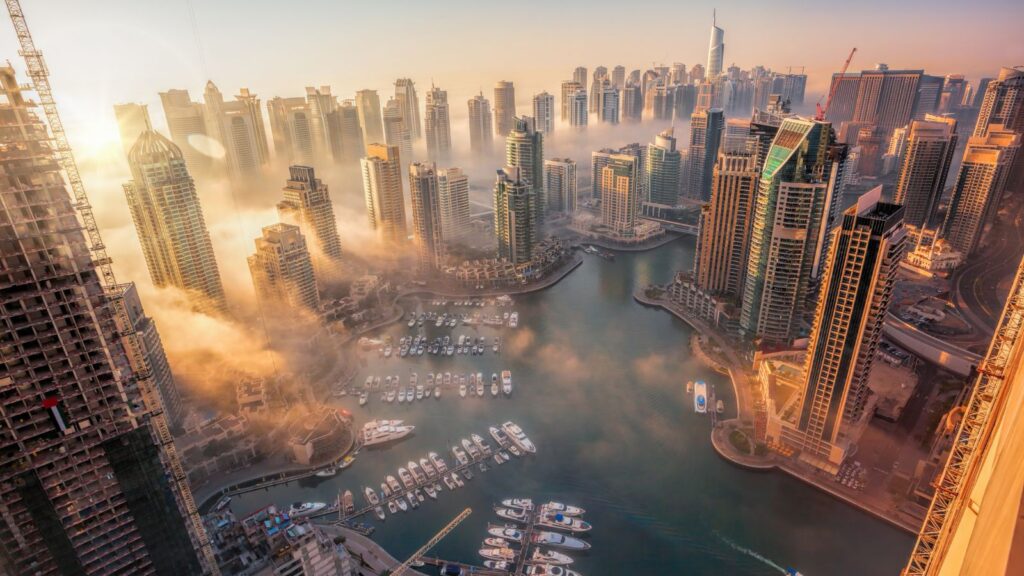
Dubai is another desert hotspot with sky-high buildings and even higher water needs. Like Doha, most of its water comes from desalination. As more people pack into the city, the demand for water just keeps jumping up. If it doesn’t want to break the bank with energy costs, the city will really need to find a new way to stay hydrated.
San Diego, US
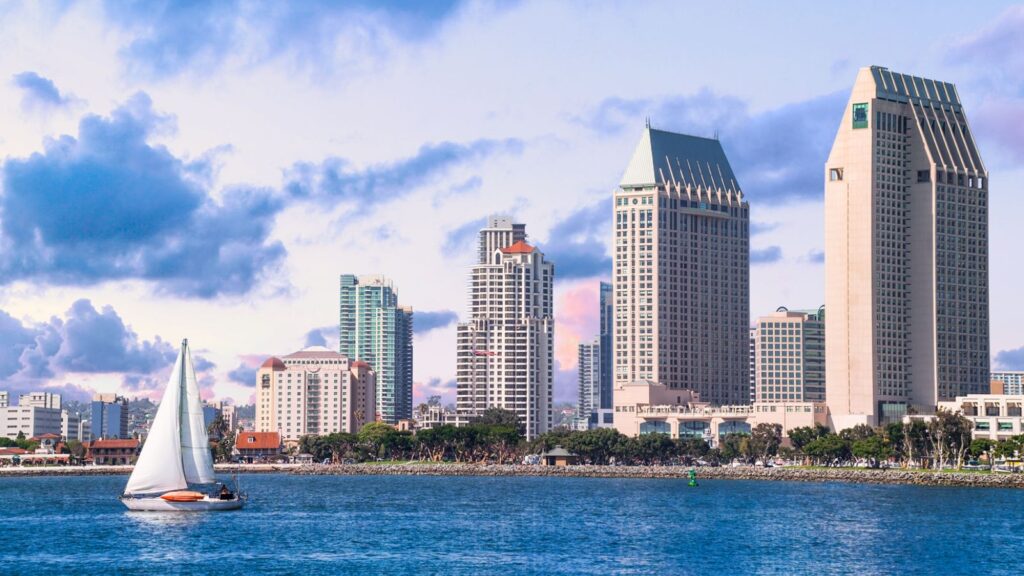
San Diego is feeling the crunch of California’s infamous droughts, especially since the city’s been growing so fast. Now that keeping water in the taps has become so difficult, the government is looking at all sorts of ways to deal with it, like desalination. In some areas, they’re encouraging people to use less water at home and in their gardens.
Jerusalem, Israel

In Jerusalem, water is a serious topic, and it also has a political side, as different groups control different water sources. The rainfall varies a lot from year to year, making it far more difficult to plan how much water they will have. They’ll need to figure out how to keep the water flowing here.
Beijing, China
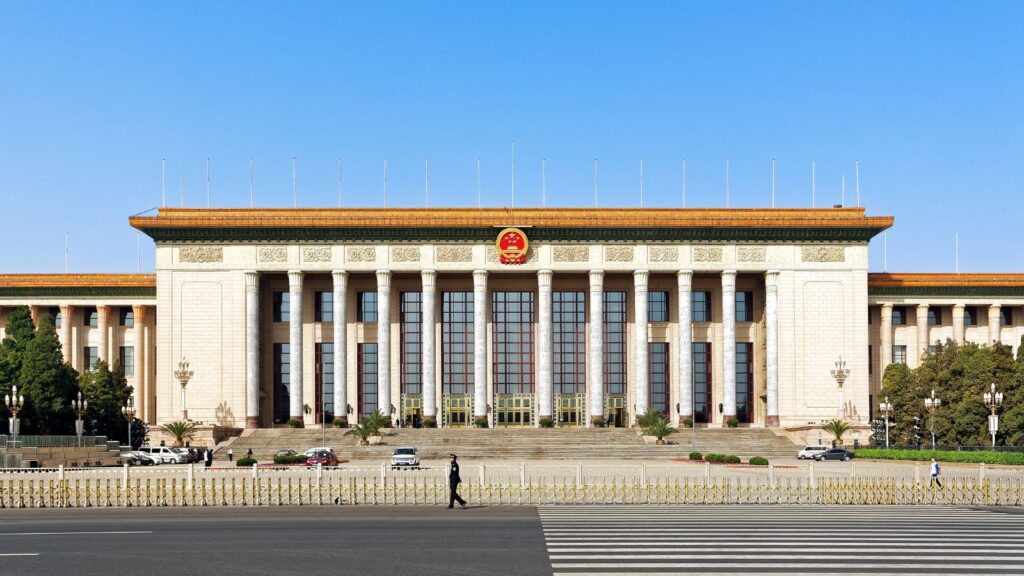
Beijing’s big issue is that it has used so much groundwater that they’re now bringing in water from far away just to keep up. Plus, pollution has made much of its local water unusable. With so many more people moving in, Beijing will have to make some serious efforts to manage the city’s water needs.
Delhi, India
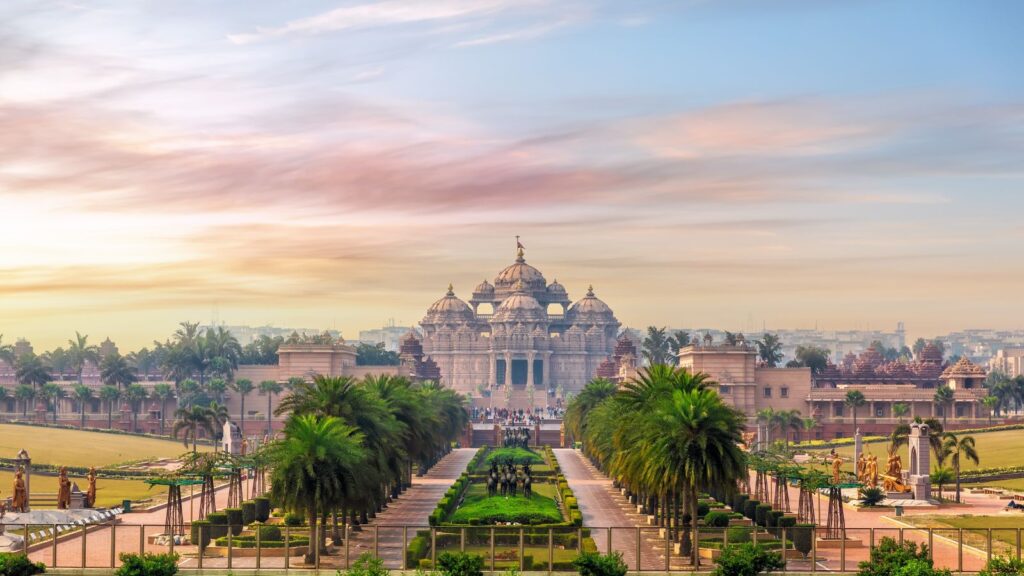
Delhi is in a difficult position because it has one of the biggest populations in the world but not enough clean water. The rivers and lakes are getting dirtier by the second, and the rainfall isn’t enough to fill up their reserves. This is a city where they’re literally having to squeeze every drop they can throughout the year.
Singapore
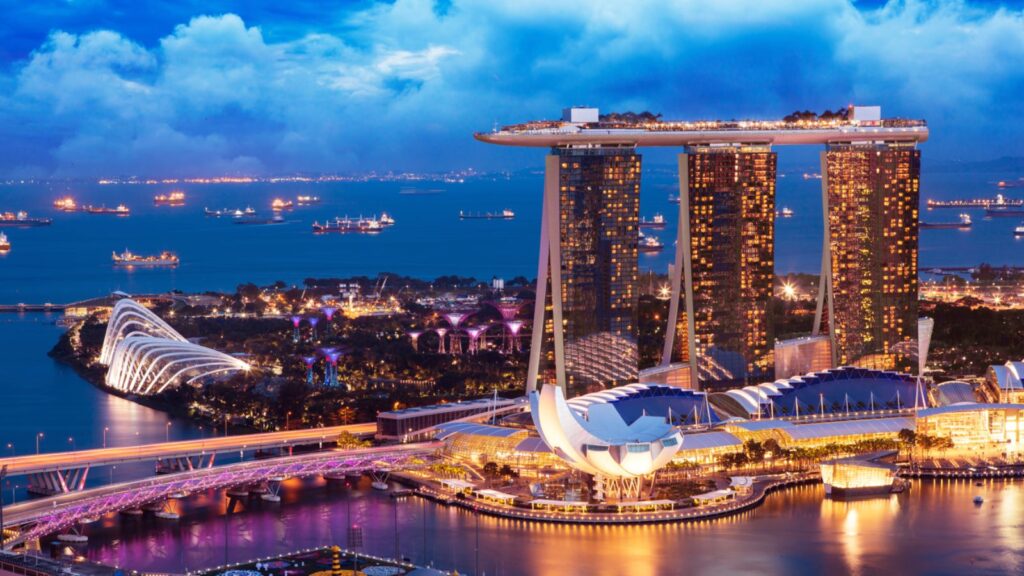
As small as it might be, Singapore’s water issues are big. They’ve got some high-tech solutions like super advanced water recycling systems, but those aren’t cheap or simple. This isn’t a place with many natural lakes or rivers to draw from, so the city’s always on the lookout for new ways to make each drop count.
Santiago, Chile
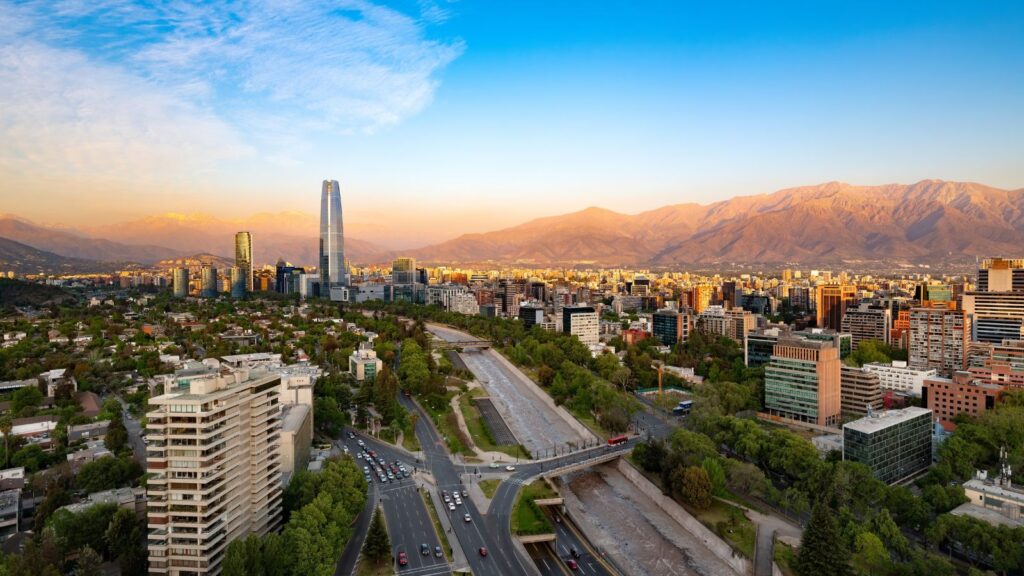
Down in Santiago, the locals are figuring out how to keep water coming from the Andes Mountains. Earthquakes and climate change are messing with their usual flow, making it hard to predict how much water they’ll have each season. Agriculture needs a lot of water, too, so it’s a constant battle between farms and faucets.
Los Angeles, US
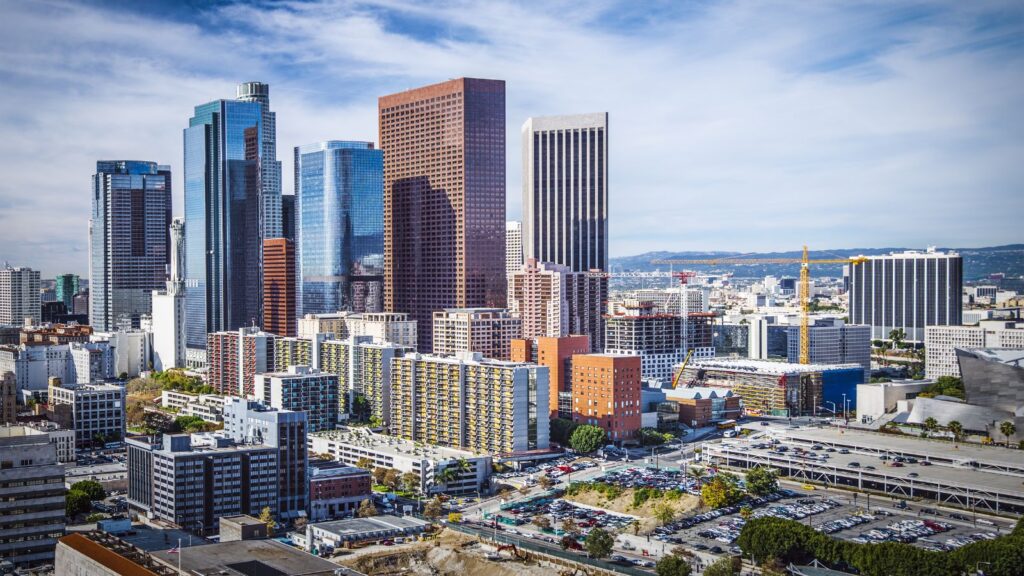
LA might be sunny, but it’s also pretty dry, meaning that the city has to bring in water from all over just to quench the city’s thirst. Climate change is making it even harder to predict if there’ll be enough water from year to year. Unless they can find a way to make sure there’s enough to go around, it looks like LA might become completely barren.
Istanbul, Turkey

Istanbul is growing fast, but its water supply? Not so much. Summers can get really dry, and sometimes the city’s reservoirs just aren’t full enough. To solve this, the city is increasing its efforts in water management and conservation. Authorities are also teaching the public about the importance of saving water so that there’s enough to go around.
Marrakesh, Morocco
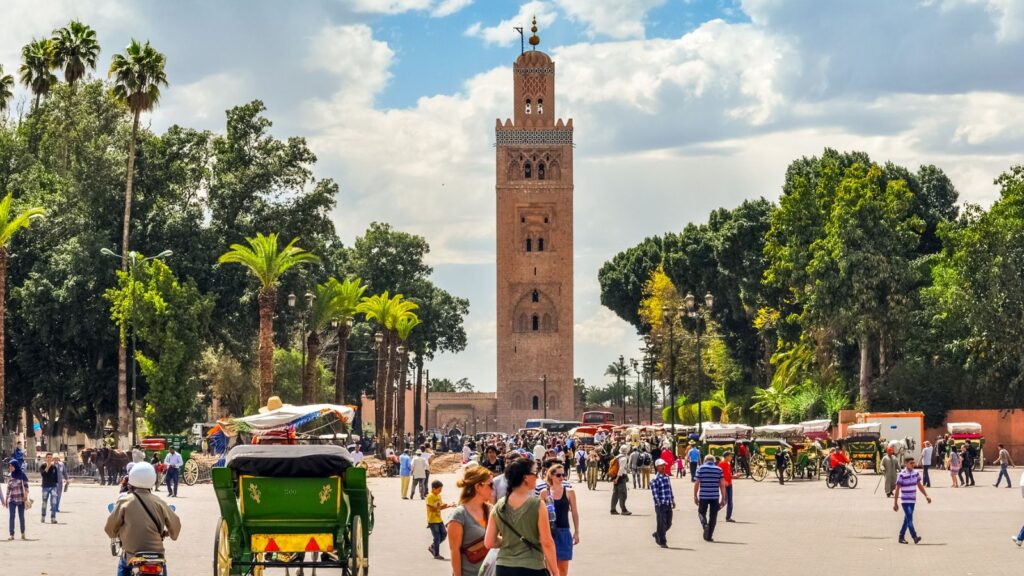
Marrakesh is certainly charming, but you can’t drink charm. The area doesn’t see much rain and relies heavily on its limited water sources to support both the locals and the lush, green tourist spots that draw visitors from around the world. They desperately need to improve water efficiency in agriculture and tourism.
Cape Town, South Africa
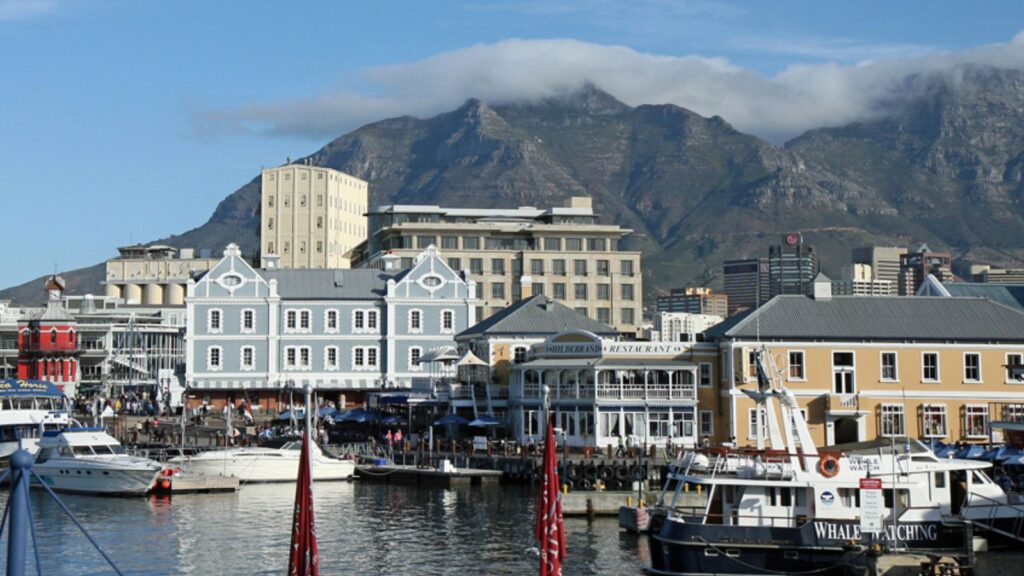
In 2018, Cape Town nearly ran out of water, and sadly, it’s still on edge. To keep everyone’s taps running, the city is using new technology and enforcing water restrictions. It has also invested in building public awareness, encouraging residents and businesses to adopt water-saving measures that’ll make a difference.
Melbourne, Australia
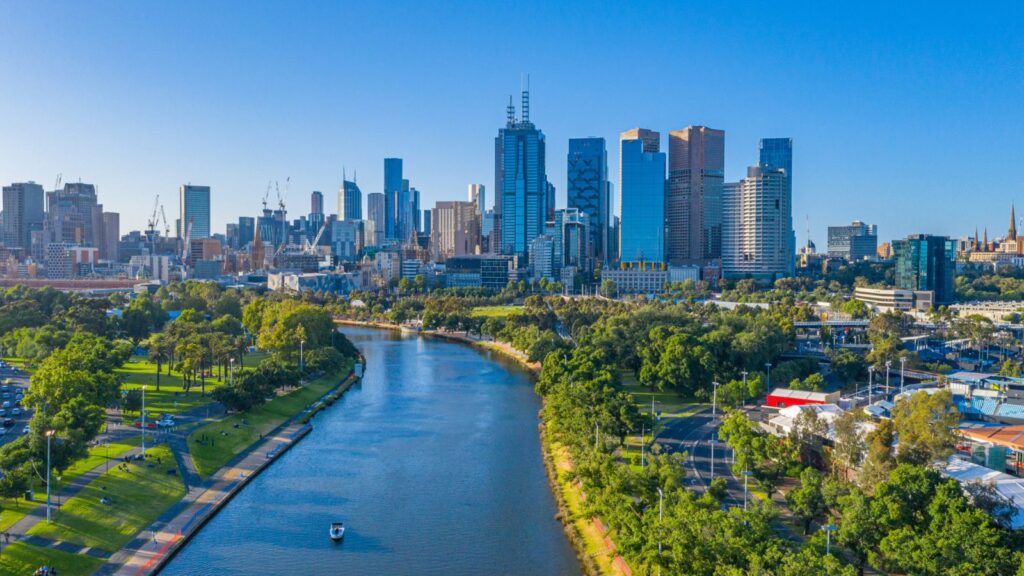
Melbourne is also experiencing less rain and more droughts. This trend is pushing the city to tighten up on water use and explore new ways to keep its reservoirs from drying up. Water recycling projects and advanced rainwater harvesting techniques are now more important than ever so the city can handle the drier times without a hitch.
Sydney, Australia
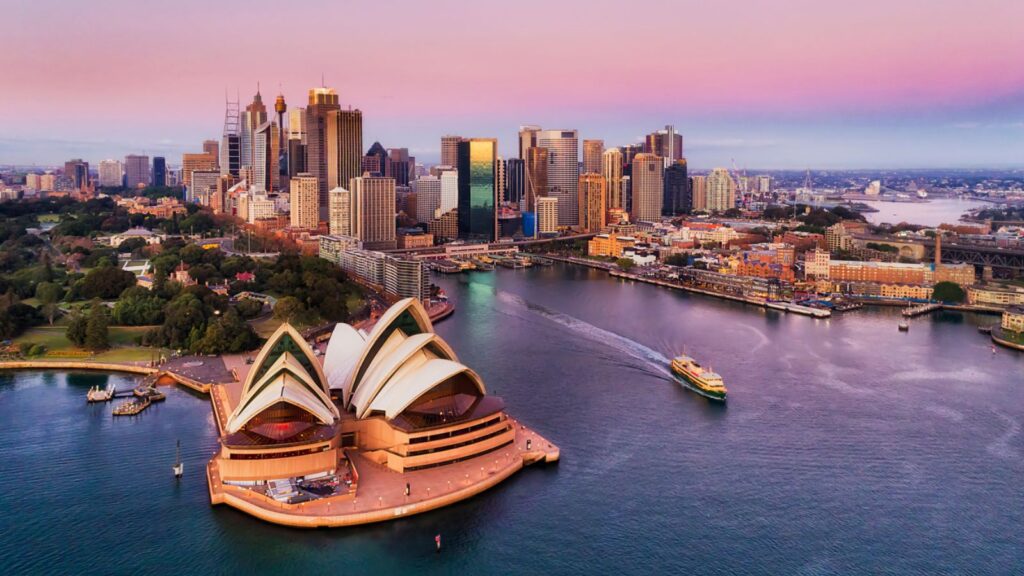
Just like its neighbor Melbourne, Sydney is up against shifting weather patterns that threaten its water supply. The city is trying to recycle more water and reduce waste so that future dry spells don’t leave them high and dry. The city’s also encouraging people to install water-efficient appliances and fixtures because they’re good for the environment and people’s wallets.
New York, US
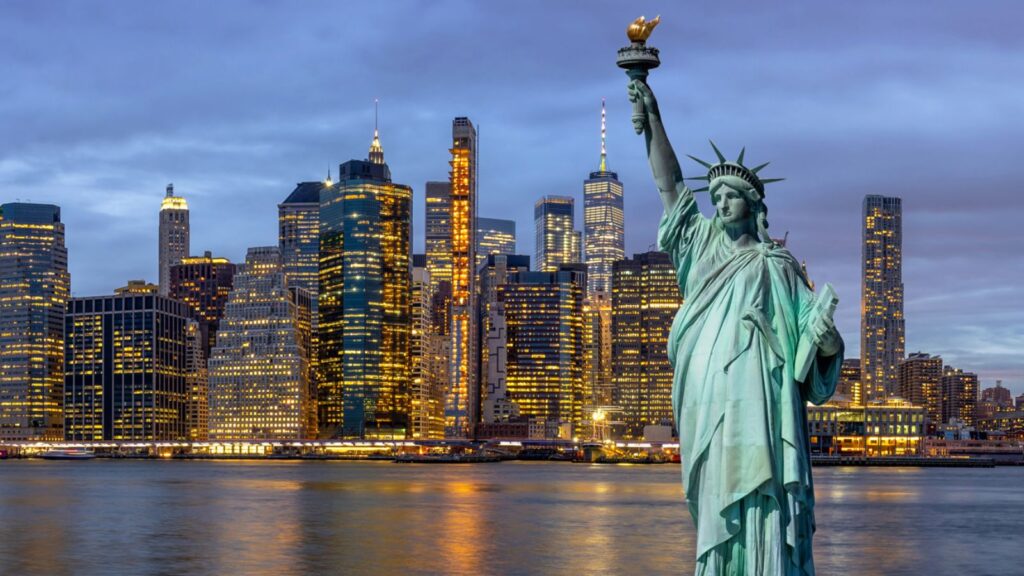
You might not think of New York as having water worries, but even the Big Apple needs to watch its water. With lots of people and old pipes, the city has to keep a close eye on how much water it uses and where it goes. The city is actively upgrading its water infrastructure and creating green infrastructure projects that help absorb rainwater and reduce the burden on the sewer system during heavy downpours.
Baltimore, US
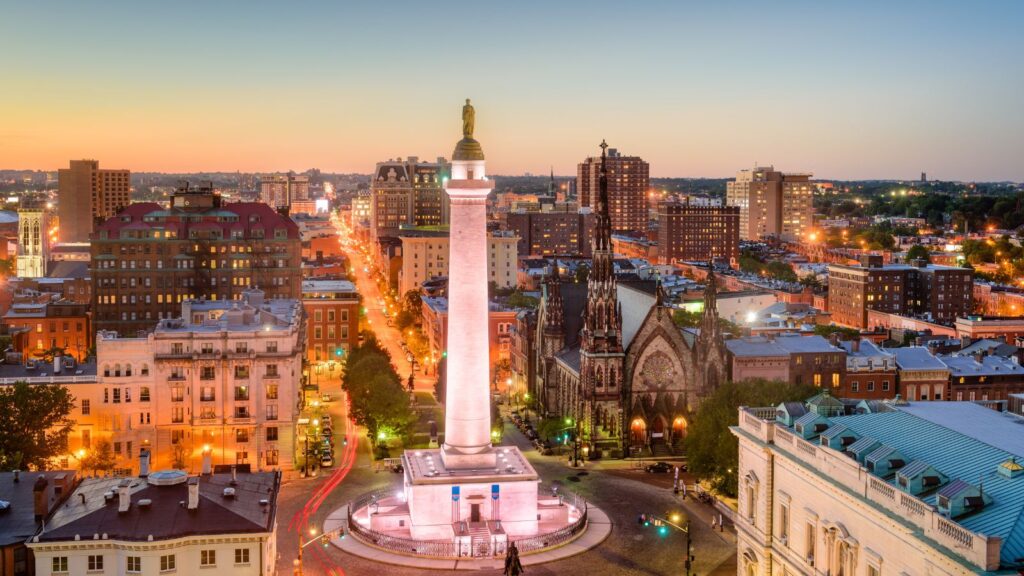
In Baltimore, they’re trying to keep the pipes in good shape, as lots of leaks and breaks mean they lose a lot of water before it even gets to folks’ homes. Regular maintenance and modernizing the water delivery systems are now priorities for the city council. This way, every resident gets the water they need without wasting a drop.
19 Grim Realities of Dating After 50 That Are Often Overlooked

19 Grim Realities of Dating After 50 That Are Often Overlooked
26 Things That Will Be Extinct Because Millennials Refuse to Buy Them

26 Things That Will Be Extinct Because Millennials Refuse to Buy Them
24 Outdated Slang Terms You Absolutely Shouldn’t Be Using Anymore

24 Outdated Slang Terms You Absolutely Shouldn’t Be Using Anymore
25 Hardest Parts About Getting Older That No One Ever Talks About

25 Hardest Parts About Getting Older That No One Ever Talks About





